
Indus Publishing Company

117 books

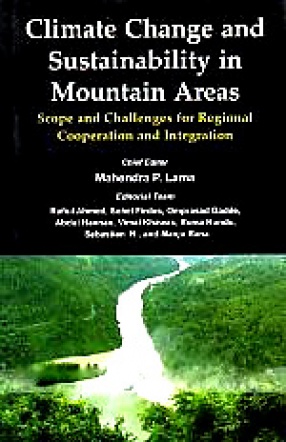
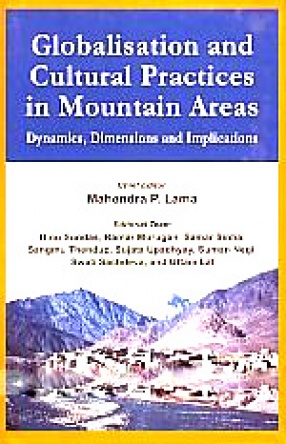
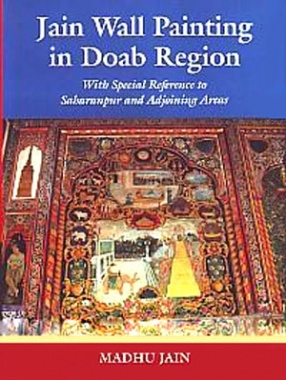
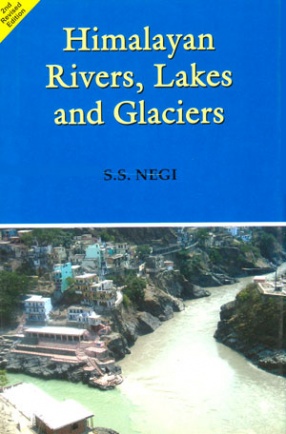
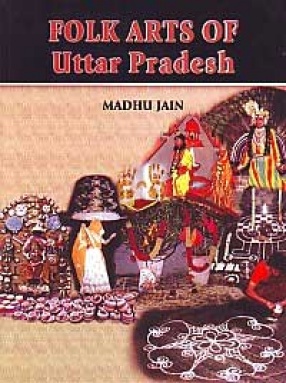


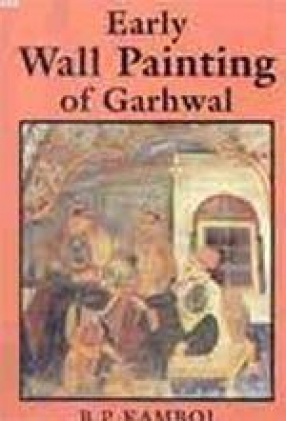




Globalisation has become a vivid reality with its ever encompassing reach in every sphere of human existence. It has become a hallmark of contemporary communities across the world. Despite such gigantic dimensions, the majority of the mountainous regions viz. the Himalayas seem to have remained outside the ‘mainstream culture’.
This book, the outcome of an International Conference on ‘Globalisation and Cultural Practices in Mountain Areas: ...
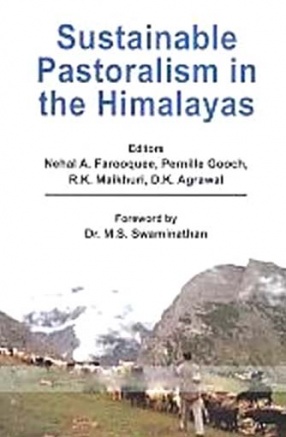
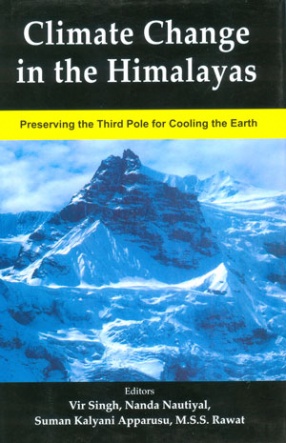
The Himalayas are the highest, the loftiest and the most fragile ecosystem on the Earth. As they accumulate the largest mass of snow and ice outside the North and South Poles, it is often referred to as the Third Pole. The Third Pole, apart from influencing global weather system, also contributes to cooling the planet Earth. Climate change exhibiting the rising temperature to an alarming extent is posing a threat not only to the Himalayas but also to the plain ...

Situated in the tarai belt between the Yamuna and Ganga rivers in the fertile plains of north India, Saharanpur and its adjoining areas have been defined as the Doab region. The ancient Jain temples and some of the ancient Jain havelis in this Doab belt are lavishly built with the ornamental wood and stone works, and profusely painted with wall paintings and floral work.

The author's first book High Himalaya Unknown Valleys covered his explorations of the Indian Himalaya between 1969 and 1991. Its success emphasised that more information was required as the interest is generated in the smaller mountains and unknown valleys. The present book continues in a similar vein. It covers expeditions and treks undertaken by the author between 1993 and 1997. It includes other writings and those lovely treks he had also done before 1969. ...

Stretching from the great bend of the Indus River in the north-west to the bend of the Brahmaputra river in the east, the Himalayan Mountain chain is the world's most magnificent Physical feature on the Face of the earth.The Himalayan mountain chain is made up of countless peaks, valleys, rivers, streams, lakes, and glaciers. Some of the most important Rivers of Southeast Asia drain the Himalaya. These include the Indus, the Ganga and the Brahmaputra river ...
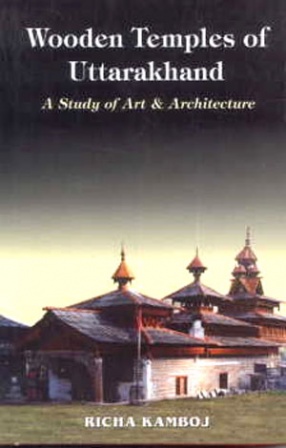
The wooden temples are not merely the centers of religious importance for the native people, they are also intrinsically woven into the socio-cultural fabric of their life. Over the ages they have served as the edifices of their faith, myths and folk-life and have developed into rich repertories of the original indigenous art and architecture. They still preserve in them the typical style and skill of the Pahari architecture.Wood, abundantly available in the ...
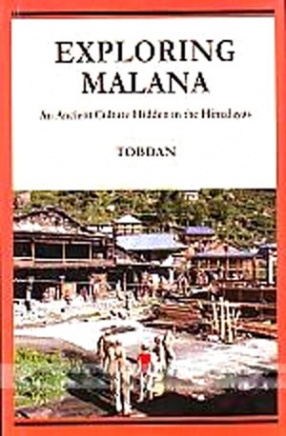
Malana, situated at an altitude of 2644 m, tucked deep in the rugged and forbidden heights in one of the treacherous tributaries of the Parvati river, has been a sleepy, sequestered and extremely remote village of Kullu dist. of Himachal Pradesh, where history and mystery, facts and fictions seem the have blended in to form an exotic socio-cultural ambience.
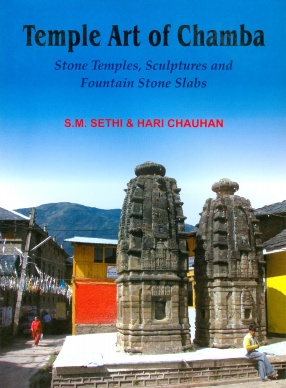
This book attempts to survey and document in a systematic manner almost all the stone temples of Chamba. This will satisfy the enquiries of many researchers, outside visitors and the public in general who are interested in cultural heritage of Chamba particularly in the temple architecture and especially in those temples for which no information is available.
The first part of the book deals with stone temples. These temples were personally examined by the ...
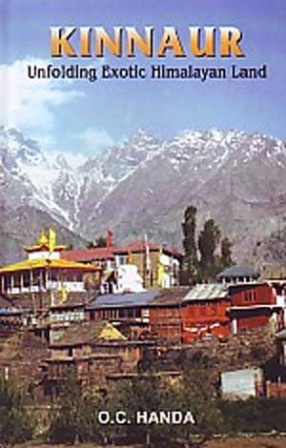

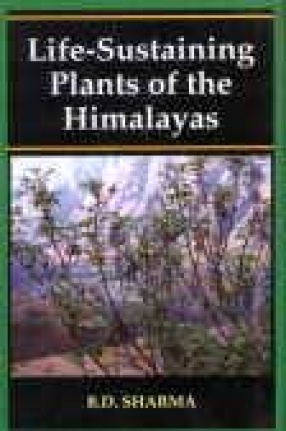
Agricultural production in the Himalayas had been under constraints over the centuries. Frequent spells of food shortages had, therefore, necessitated the search for alternate food sources. As a consequence, a large number of wild edible plant species known variously as lesser-known, under-utilized, ethno-botanical, ethnomedicinal plants were found to be useful. The Himalayas provide suitable habitats for the occurrence of a wide array of medicinal and wild ...


This encyclopaedic handbook set in two volumes contains a vast wealth of information on all major aspects of the Himalaya and the people inhabiting this mountain chain. The book will serve as an invaluable reference for scholars, researchers, tourists, mountaineers, and all those who have love and inquisitiveness for the Himalaya.

This book is meant for UG and PG students in the discipline of Plant Pathology. Diseases of all important field crops namely wheat, paddy, maize, millets, pulses, oilseeds, sugarcane, cotton and tobacco have been covered in detail. The book has been divided into four parts. The major attention has been given to fungal diseases, which are responsible for causing tremendous losses at the global level. All diseases caused by fungi, bacteria, viruses and phytoplasma ...
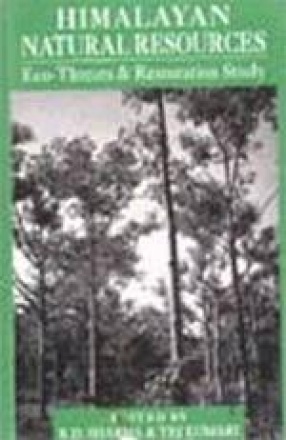
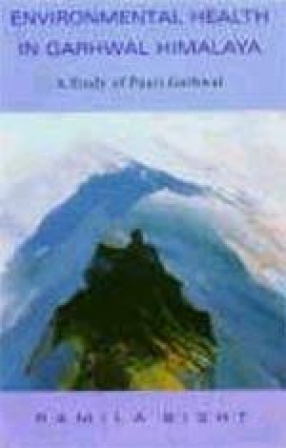
This book seeks to examine the environment in its totality and its impact on health in a Himalayan eco-system. As a fragile and threatened life-support system, the problems of this region have been a matter of considerable concern in recent years. Using an environmental health approach, which sees health issues embedded within the natural, social, political and economic systems, the author explores the subjective and objective components of people’s health in ...

The present Volume is a pionerering effort inbringing to limelight those rare but splendid specimens of the Garhwal wall painting, which have so far remained unknown and obscure to the world of art. These paintings are executed on the walls of the main shrine and other edifices of the Gurudwara of Guru Ram Rai at Dehradun. The author has now endeavoured to explore the historical and socio-cultural contents of these wall paintings. He has very painstakingly ...
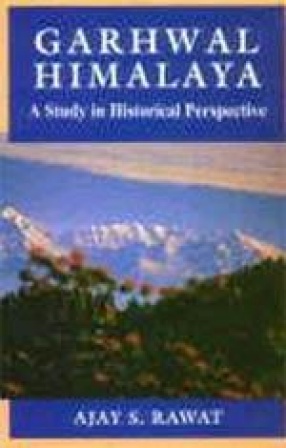
The present study is an innovative endeavour to reconstruct the political and administrative history of Garhwal during the period 1358 to 1947. Raja Ajay Pal and his scions ruled Garhwal from 1358 to 1804. In 1804, it was occupied by the Gurkhas who ruled this terrain up to 1815, when they were defeated and driven away by the British forces. After the British occupation of Garhwal, it was divided into two parts: ‘British Garhwal’ and ‘Tehri Garhwal ...
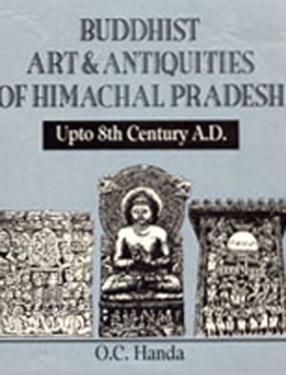
The present study is devoted to explore and critically examine the art and antiquities belonging to the period from the rise of Buddhism to 8th century A.D. when it was wiped out of this region and many Buddhist traditions were either lost or assimilated. Nevertheless, Buddhism is still a living force in Lahul & Spiti and Kinnaur regions of Himachal Pradesh and Ladakh of Jammu & Kashmir under the Buddhist traditions that proliferated in Tibet under the ...

Except a few works of the colonial period, nothing wholesome on the history of the region is available. The colonial writers have in a very systematic manner tried to distort the events of the colonial period. This book attempts to set all those wrongs right after analysing the events in their immediate and past contexts. The historical account for the earlier period is burdened with mythical, metaphorical and anecdotal narratives notwithstanding the fact that ...

